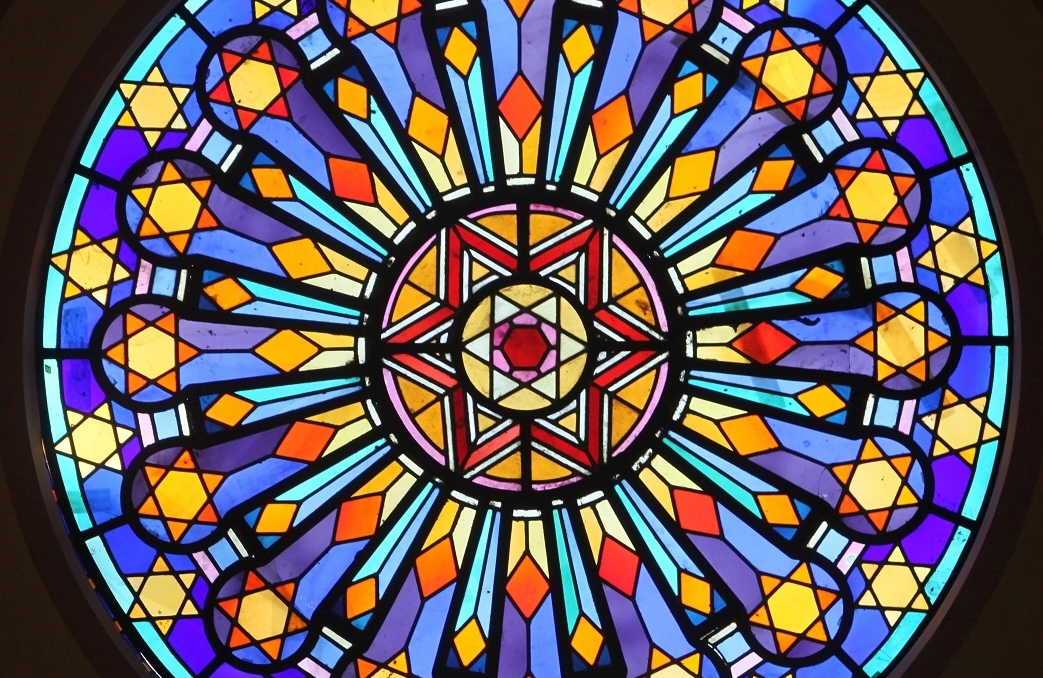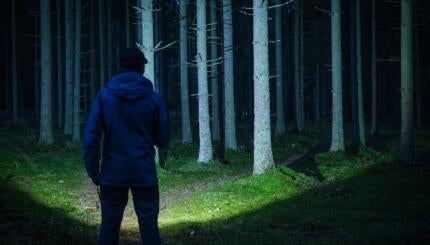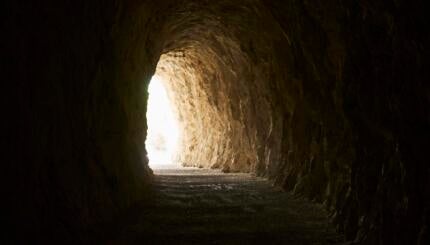Psychedelics, long caricatured as hedonistic tools of escapism, have lately come of age, with several chemicals now approved for use in therapeutic contexts and inspiring significant spiritual and theological reflection. In the Jewish world, psychedelics have been used in many ways: as a means to unpack and release trauma, as modes of re-connection to Judaism, and as new vessels for the practices of Jewish mysticism, spirituality and revelation — which is my subject here.
The first question many Jewish users of psychedelics ask is whether there might be some Jewish precedent for their use. The question makes sense due to the nature of the experience, which often has powerful religious and spiritual overtones. If one has some emotional tie to Judaism, it’s natural to ask how a psychedelically mediated spiritual experience does or does not fit into being Jewish. Is it similar to the peak spiritual experiences described in sacred text? Is it tangential to it? Or is it misdirected and evil — perhaps a form of avodah zara (commonly translated as idol worship but literally meaning “foreign religious practices”)?
One approach to answering this question is to hunt through Jewish textual history looking for clues that psychoactive substances were used in the past. Were the priestly visions of Ezekiel occasioned by psychoactive fumes? Could Isaiah, Daniel or Elisha have been under the influence of DMT, which occurs naturally in the acacia trees and Syrian rue native to the ancient Near East? Is knei bosem, an ingredient in the anointing oil used in the Tent of Meeting, actually cannabis?
I can see the appeal of this line of questioning, as it might validate the psychedelic experience for some Jews, or validate Jewish revelation for some psychonauts. But ultimately I find it unpersuasive. There’s simply no definitive proof in the archeological and textual evidence. I wonder, too, what such evidence would really teach us.
With your help, My Jewish Learning can provide endless opportunities for learning, connection and discovery.
It’s more fruitful to look at what I call the “grammar” of the Jewish prophetic experience: the forms, patterns and structures of transpersonal experiences described in biblical, talmudic, philosophical and kabbalistic texts. The “vocabulary” — that is, the method of attaining spiritual experience — may differ. But when I look closely at the record of Jewish prophecy and revelation, I find ample analogues to psychedelic experiences — and maybe some useful advice. Here are four examples.
Altering the Mind to See More Clearly
In the popular imagination, “hallucinogens” yield illusions — tangerine trees and marmalade skies, as the Beatles put it. But in the biblical and mystical traditions, mind-altering techniques are not an escape into illusion, but a means to see deeper levels of reality more clearly. Fasting is the most common of these (see Exodus 34:28, I Samuel 28:20, Daniel 10:2, Judges 20;26, Joel 1:14, Zohar 1:4a-b). Trance is another, as discussed in Jonathan Garb’s Shamanic Trance in Modern Kabbalah. In such practices, a non-ordinary state of awareness is induced to obtain some kind of prophecy or revelation: sometimes a specific prophetic message, other times a revelation of the Divine.
Then as now, the mind is altered not to “get high,” but so the doors of perception can be cleansed and reality be seen. As the term psychedelic (“mind-revealing”) indicates, what is revealed may be patterns of mind, or structures of reality, or insights, or visions — all of which have potential revelatory value.
It’s the Fruits that Matter
Jewish prophetic experiences, like psychedelic ones, frequently include powerful visions: Israelites on Mount Sinai seeing the “feet” of God; Ezekiel seeing the divine chariot and the bizarre creatures who drive (or constitute) it; the Baal Shem Tov ascending to heaven to meet the messiah. But in all these cases, the bells and whistles of the visionary experience are secondary to the insights they yield.
This is true in the part of the Torah read in these weeks by Jews around the world, in which the theophany at Sinai is only barely described but the minutiae of the Ten Commandments is exquisitely detailed. Kabbalists meet the messiah not to bathe in his glory, but to ask when he is coming to alleviate suffering — and to see what they can do to expedite it. Even Ezekiel’s revelation, which is more detailed than others, exists as a prelude to the chapters of prophecy that follow.
So too with the “prophetic” experiences occasioned by psychedelics. Sure, the impossibly complex visual experiences are remarkable. But the fireworks display is far less enduring than whatever healing, insight or communication might take place. And while the experience inevitably fades, the integration of insights that come from it can have lasting impact.
Not for Day Trippers
Both Jewish tradition and responsible psychedelic practice are clear that such journeys are not for everyone. In the Jewish case, probably the most famous warning is the tale of the four rabbis who entered pardes (literally orchard or paradise, but understood to refer to the mystical quest to visit the Divine realm). One died, one went mad and one became an apostate — only Rabbi Akiva returned as he was. Those aren’t good odds, especially for unprepared day trippers. Similarly, Jewish tradition warns against practicing Kabbalah without the ballast of years, training and community — boundaries set after the messianic heresies of Shabbetai Zevi and Jacob Frank.
Similarly, emerging understandings of psychedelics urge that these journeys are best taken with preparation, guidance and integration afterward. At the very least, spiritual journeys may uncover parts of our shadows that we may have comfortably hidden from view. But sometimes, especially when one travels without a guide, the results are tragic. This is not exaggeration; I know two young men who, on separate occasions, took their own lives while on psychedelics. Whether created by trance, fasting, psychedelic medicines or other means, the mystical path can be transformative. But it can also destroy one who is unprepared and insufficiently supported.
We to Me to We
Finally, the Jewish prophetic experience is one of oscillation between individual and community. With the exception of the mass revelation at Sinai, these experiences typically take place alone or in very small groups. Yet communal forms and norms shape both the contours of the experiences themselves and their integration into ethical and ritual life. For example, the Baal Shem Tov’s description of his “ascent of the soul” is conditioned by Jewish categories, suffused with Jewish myth, and communicated in Jewish language.
Likewise today. Many psychedelic users search for a language, conceptual framework and community through which to understand the profound experiences they have had. And while the Jewish context is hardly the only one available, for many it is a powerful one in which to integrate. We ascend the sacred mountain alone, but eventually return to our communities of meaning below.
What does it mean that these principles derived from the literature of Jewish spiritual experience are applicable to psychedelic spiritual experience as well? It seems to point to a continuity of spiritual experience, despite the novelty of the means of ascent. We are doing similar things here, we mystics from across the ages, even as so much is different as well. Which sounds like a very Jewish truth.
This article initially appeared in My Jewish Learning’s Shabbat newsletter Recharge on Feb. 10, 2024. To sign up to receive Recharge each week in your inbox, click here.



